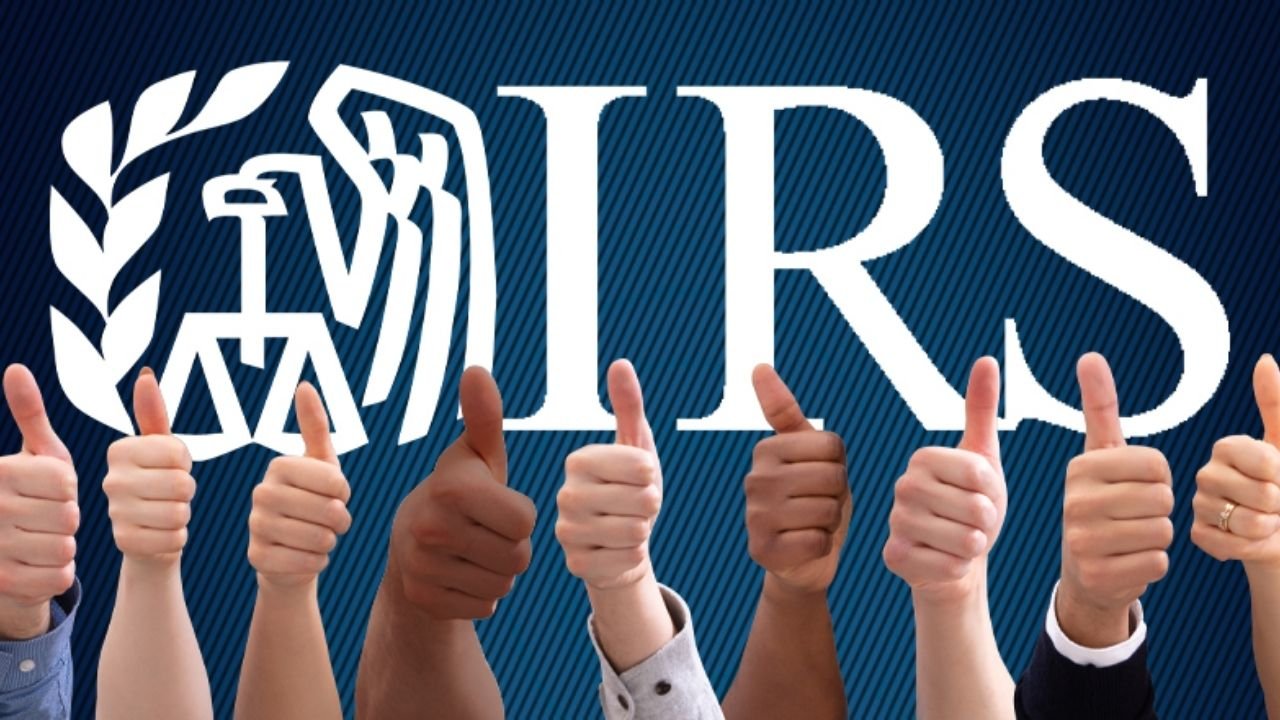The IRS is tightening its guidelines on side earnings and gig paintings — a circulate on the way to immediately effect hundreds of thousands of Americans who earn more money thru freelancing, self-employment, or on line systems consisting of Uber, DoorDash, Etsy, and Fiverr.
Starting with the 2026 tax year, the IRS is imposing new reporting standards and stricter income-tracking measures geared toward ultimate the tax gap and ensuring that every one earned earnings — regardless of how small — is well suggested. If you’re a freelancer, gig employee, or aspect hustler, information those new guidelines is important to avoid penalties and stay compliant.
Why the IRS Is Changing the Rules
For years, the IRS has been concerned about underreported income from gig and freelance work. Many individuals earning side income didn’t always receive official tax forms, which made it easier for small amounts of income to go unreported.
Previously, third-party platforms like PayPal, Venmo, and Etsy were only required to issue a Form 1099-K if:
- The worker had over 200 transactions, and
- Earned more than $20,000 in total payments during the year.
That high threshold meant that many freelancers earning less than that never received a 1099-K, even if they made a few thousand dollars.
The IRS now plans to lower the reporting threshold dramatically, making side income reporting much more transparent.
What Counts as Taxable Income?
The IRS considers almost all money earned as taxable income, inclusive of:
- Side jobs and agreement work
- Tips obtained via apps
- Online product sales, if you sold objects for extra than you initially paid
- Hobby income if it becomes regular and profit-driven
What is not taxable:
- Reimbursements (splitting dinner with pals on Venmo)
- Personal items or transfers between family individuals
- Selling non-public objects at a loss (for instance, selling used clothes for much less than you paid)
Self-Employment Taxes for Gig Workers
If you earn $400 or greater from freelance or gig work, you have to record a tax return and pay self-employment taxes (Social Security and Medicare contributions).
In 2026, the self-employment tax fee remains at 15.3%:
- 12.4% for Social Security
- 2.9% for Medicare
You may additionally owe earnings tax on pinnacle of that, relying in your tax bracket.
Deductions and Write-Offs for Freelancers
One benefit for freelancers and gig people is the potential to deduct commercial enterprise-associated prices. Common deductions include:
- Mileage or car charges (for rideshare drivers)
- Home workplace deduction (if you use a dedicated space for work)
- Supplies, equipment, or software subscriptions
- Cell phone and internet payments (element used for work)
- Marketing and advertising costs
Keeping distinctive records of your expenses can lessen your taxable earnings and save you money.
Potential Penalties for Non-Compliance
The IRS has made it clear that non-reporting of gig income will trigger greater scrutiny and potential penalties.
Failure to report income accurately can lead to:
- Accuracy-related penalties (up to 20% of underpaid taxes).
- Late payment interest charges.
- Potential audits for consistent underreporting.
With digital payment platforms sending information directly to the IRS, it will become much harder to “fly under the radar.”
Why the IRS Rule Could Be a Good Thing
While some may see these new measures as burdensome, they could actually benefit many workers by:
- Encouraging better financial recordkeeping.
- Allowing freelancers to maximise deductions and business write-offs.
- Providing clearer income documentation for loans or mortgage programs.
Moreover, increased compliance should assist level the playing area for honest taxpayers who already file all their earnings.
Conclusion
The new IRS guidelines for side income and gig paintings mark a main shift in how freelance and platform-primarily based profits are stated and taxed. Starting in 2026, structures will issue Form 1099-K for income over $5,000, ensuring the IRS has complete visibility into gig and freelance profits.
For freelancers, this means it’s time to tighten your bookkeeping, song every dollar, and put together early for tax season. Staying prepared and compliant not simplest protects you from consequences however additionally ensures which you get the whole benefit of every eligible deduction. In the evolving gig economy, understanding definitely is power — and in this example, it could additionally mean saving cash and peace of mind when tax time arrives.
FAQ’s
Can I deduct mileage for meals delivery work?
Yes. Gig workers can deduct general mileage rates or real automobile prices (fuel, upkeep, depreciation). For 2026, the IRS mileage charge will be updated in January.
Will I get a 1099-K if I handiest made $3,000 on PayPal in 2026?
No. The threshold is $5,000. However, you’re still legally required to file that $3,000 as income even in case you don’t receive a 1099-K.
Do hobby sales count as taxable income?
If you once in a while promote non-public items at a loss (like used furnishings or garments), it’s no longer taxable. But if you often promote items for profit, the IRS considers it income.
